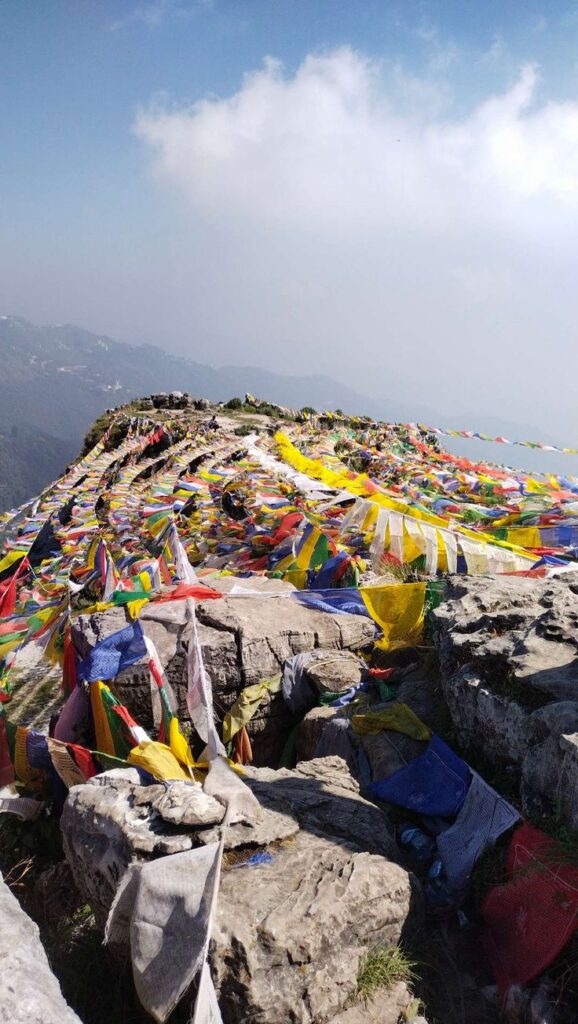Based in the Garhwal Himalayan region, Mussoorie is a charming pictorial town which was once most demanded and looked for destination by the British officers. For them it was a summer retreat and a perfect escapade from scorching heat and unbearable warmth of the summer months in northern part of the country. It is the brilliant climatic conditions, the astonishing flora and fauna, the verdant carpeted hilly surroundings and the mesmerizing view of the exotic mountains which altogether served a brilliant getaway for all.
Earlier it was known to only a few officers of the British troop. However, this was not for long as slowly with the word of mouth the popularity of the place grew double fold and it became a hub for social meeting and gatherings especially for the British families of privileged class. The British, who were the cream of the crop, liked the place more because Mussoorie was an ideal depiction of an English countryside location. It has the beauty of mountains, the scenic excellence of greenery and soothing ambience which altogether was the best package for the Englishmen who were at that time living in India.

Mussoorie has not changed in years after but the popularity of the place has only increased among domestic as well as foreign visitors, who wish to spend some quality time on this hill station with friends and family.
While visiting the hill station and roaming through several sightseeing spots, one may come across several creations and belongings of the bygone era which reflect the existence of British rule in the country and their behavior then.
Gurkhas in Mussoorie
The history of Mussoorie goes way back to the period when Gurkhas were known to be the rulers of the regions. It was in 1803 when Umar Singh Thapa and their gang of Gurkhas conquered and included Mussoorie in their region. They had huge plans for this territory but the plans of the Gurkha clan failed to get executed. The Gurkhas wanted British intervention to execute the plans under their leadership but negotiations with the British officers at that time turned out to be unsatisfactory. This, however, turned worse when the Gurkhas came into a direct battle with the Britishers on Novenber 1 1814. But the Gurkhas soon accepted their defeat and they were forced to evacuate Dehradun by the next year, 1815. It was in 1819 when East India Company became successful in capturing Saharanpur district of which Mussoorie was a part.
Mussoorie was a place which was often termed by the locals as Mansoori since the affluent production of the mansoor shrubs in and around the hill station. According to the tales, before the British it was almost a vacant land with only the shepherds, visiting with their flock of animals so that they could graze the mansoor shrubs from which the name of the place was derived.
The first interest of habitation in this location by the British was seen when the first house was erected in 1823, on Camel’s Back Road by Mr Shore, who was the Joint Magistrate then and Captain Young of Simur Rifles. But this was only the beginning as within months Captain Young built in a large house for himself here and named it “Mullingar” as the Commandant of Landour. Slowly as days passed the popularity of the place grew more and more among the Europeans and more and more officers decided to get themselves settled here. It was almost treated as a summer retreat by the Britishers. However, it was never treated with any official title like Shimla as Summer Capital but it was more unofficial and private destination, closer to heart.
Early British Rule in Mussoorie
By the closure of 1832, Mussoorie has turned into a preferred location for many visitors. Even government offices like office of “Survey of India” which was based in Dehradun, had proposals to be shifted to Mussoorie for its excellent environment.
Several attempts were made by the Surveyor General of India to conclude the shifting but somehow the plan failed to execute. By 1900, Mussoorie was altogether a different and quite changed place as compared to mid eighteenth century. Not only in terms of visitors but the growth of population on the hill station and the growth and development of the area has been quite distinctive. Lot of positive developments and progressive work was seen at that time. Especially during the summer months the town used to remain crowded with huge number of visitors and bundle of social activities took place in this region.
Some popular activities held here at those times were Polo games, horse riding, hunting, ball games and board games. The British officers also preferred to conduct social parties and gatherings here. The neighboring place Landour was at that time a convalescent center for the English soldiers. However, it was during the British rule only, that Landour was adjoined with Mussoorie as a part of greater Mussoorie. Slowly Mussoorie gained all facilities and it was soon turned into a place of entertainment and relaxation for the British elite class. However the difficult truth behind the rise of the hill station was the fact that it was a private retreat only for the premium class Englishmen and others were restricted to enter.
Later Part of British Rule in Mussoorie
During the early 1900, when Mussoorie was seeing progress and developments around the hill station, it also witnessed the sad occurrence of racial discrimination by the British. The British behaved rudely with the fellow Indians residing there for years. Indian families were restricted from getting involved into any social events or entertainment zones for the reason of being Indians.
Popular signboards in several British establishments read “Indians and Dogs are not allowed”. It was the Nehru family who protested against this ugly racism in Mussoorie and visited the hill station frequently irrespective of the fact that they were penalized with huge fines every time. It was towards the mid of 19th century that the hill station slowly gained more popularity and because of scenic brilliance and majestic beauty, the Duke and Duchess of Connaught decided to have their residence here.
Also to increase the visitor’s convenience rail head was extended till Dehradun so that coming to Mussoorie becomes easier and simpler. However, by the end of 19th century the place was filled with hotels and exclusive lodges and also a winery which was looked after by the McKinnon’s family.
Tibetans in Mussoorie
The inclusion or amalgamation of Mussoorie to Uttarakhand took place in 1959. During that year only Dalai Lama after escaping from Tibet, established in exile Tibetan Government in Mussoorie which later shifted to Dharamshala in Himachal Pradesh. The first Tibetan school was established in Mussoorie in 1960. The place was so secure and habitable that more and more Tibetans moved to Mussoorie, concluding with the fact that today more than 5000 Tibetans resides in Mussoorie.
Mussoorie after Indian Independence
Independence has been the most positive factor for the hill station. Development and growth has made the town more habitable with almost all facilities available. Academic sectors, business prospects, electricity, water and every other necessity have been solved well by the government. The town has utilized their assets and involved them in growth of tourism business here. Today hundreds of hotels along with related business houses are running well here.
1-KEMPTY FALLS::
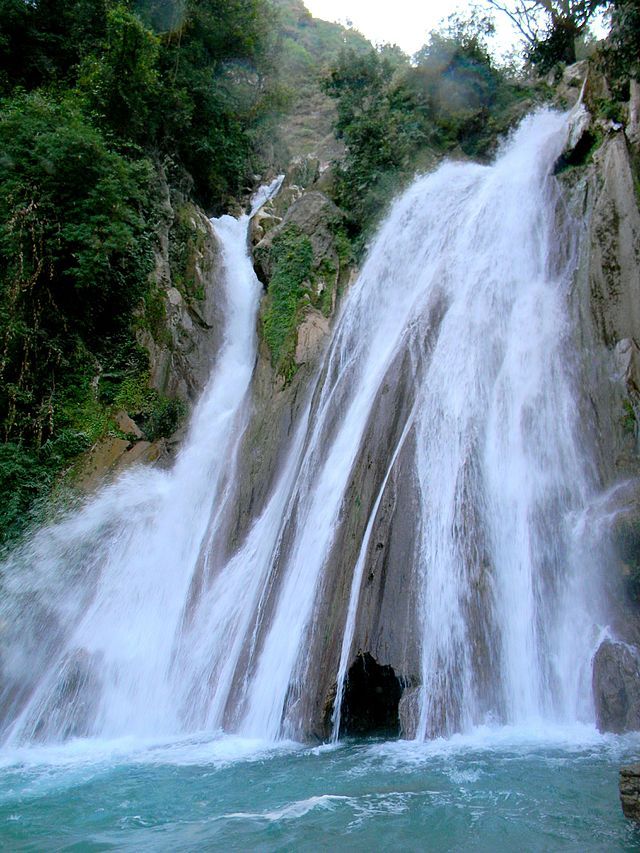
No trip to Mussoorie is complete without visiting the much-famed Kempty Falls. The site was developed by a British officer in the 1830s for hosting tea parties and ever since, it has become a popular attraction in Mussoorie, especially for picnics.
Plunging from a height of almost 1,364 metres, these falls offer spectacular views of the valley around it. Kempty Falls is among the best places to visit in Mussoorie India. Bathe in the waters of the pool formed at the bottom of the fall, click some pictures, or sit by the side of the cascading fall and enjoy garma-garam Maggi with kadak chai. You will find some of the best hotels in Mussoorie on the way to Kempty Falls.
Interesting Fact: The name “Kempty” is derived from the word “camp-tea” as British tea parties were a common occurrence near the falls during the colonial era
Location: Ram Gaon, Tehri Garhwal District
Timings: 10 AM – 6 PM
Entry Fee: Free (Extra charges for using the ropeway, starting at INR 120)
parking cab:200rs
2-LAL TIBBA::
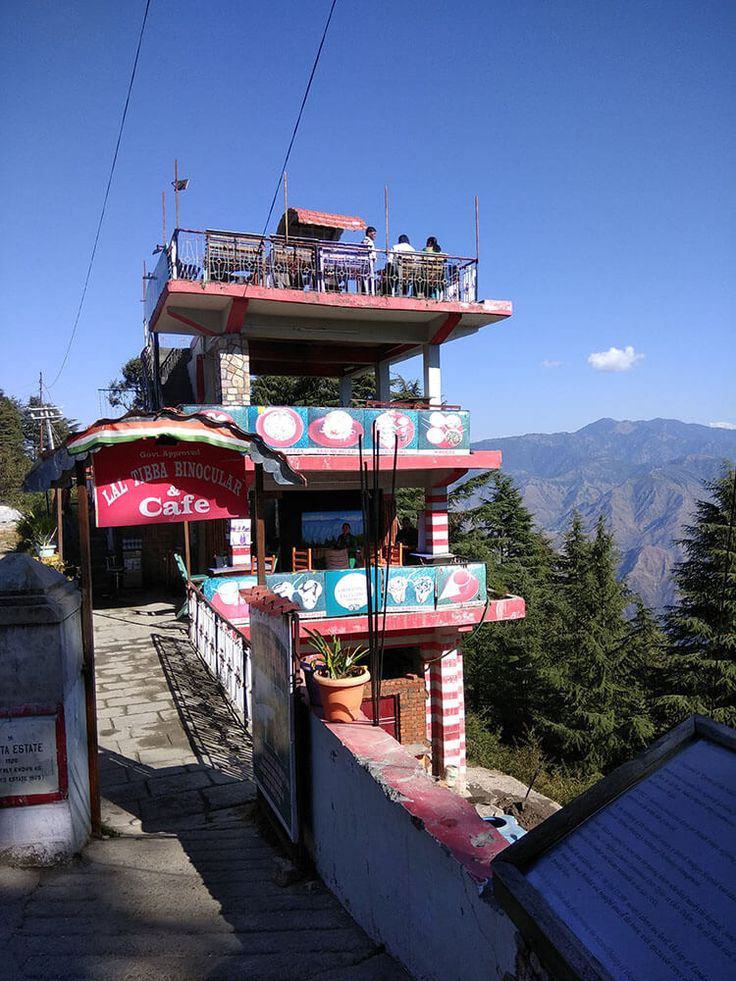
Perched on the Depot Hill in Landour, Lal Tibba is one of the highest viewpoints in Mussoorie. Just 6 km from the city centre, this vantage point rests at an altitude of 2,275 metres so you can only imagine the views from up here. The name of the viewpoint literally translates to Red Hill, which is a direct reference to the colour of the sky visible from here during the sunrise and sunset. It is among the must visit places to see in Mussoorie.
On a cloudless day, you will be able to view peaks like Bandarpunch, Kedarnath and Badrinath from this viewpoint. The telescopes installed at Lal Tibba let you soak in the beauty of it all from up close making it among the most Mussoorie famous places.
- Location: Bazar Road, Landour, Mussoorie
- Timings: 6 AM – 6 PM
- Entry Fee: INR 50
- Places to Stay: Hotels in Landour
- Interesting Fact- The Telescope House in Lal Tibba houses a powerful telescope that allows visitors to enjoy close-up views of the distant peaks, including Bandarpoonch, Kedarnath, Badrinath, and Nanda Devi.
3-GUN HILL::
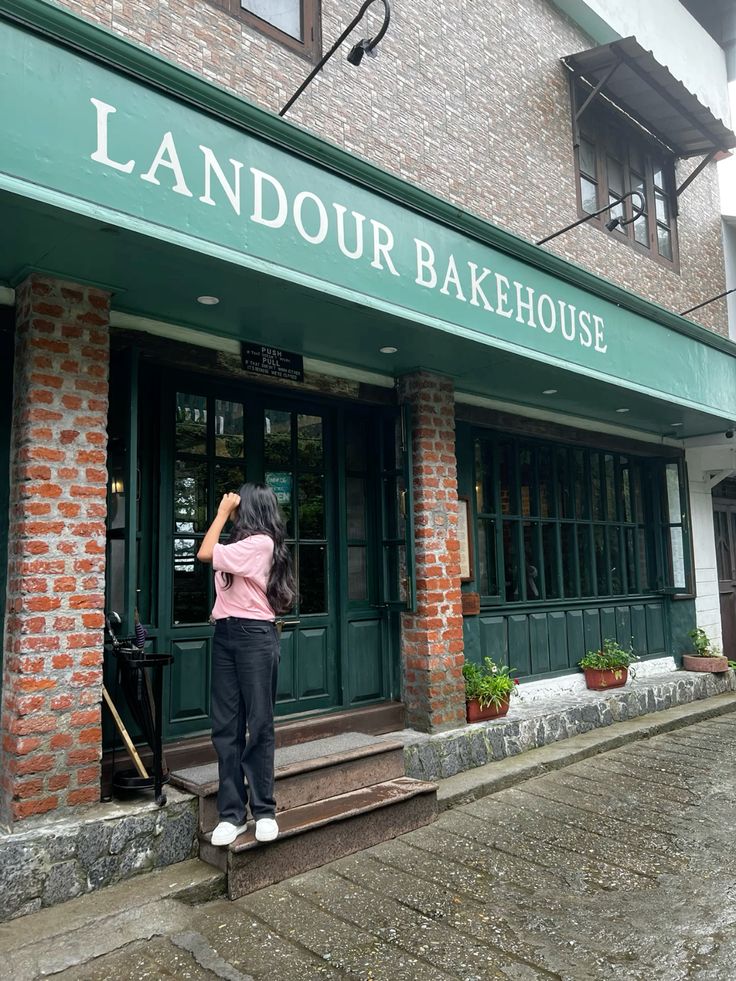
The second-highest peak in Mussoorie, Gun Hill Point is one of the most popular viewpoints in the area. Located at a distance of 1.7 km from Mall Road, this viewpoint can be reached by a 20-minute uphill trek. Apart from a 360-degree view of the town and other parts of the Doon Valley, you will also be able to take in the views of Bunderpunch, Srikantha, Gangotri, and Pithwara Himalayan ranges from here. It is among the most tourist places to visit in Mussoorie Uttarakhand.
Interesting Fact- During the colonial era, a gun was fired every afternoon from this hill to help people adjust their watches. This practice provided a signal to the locals and tourists to set their timepieces correctly. Hence, the hill came to be known as “Gun Hill.”
Location: Mall Road, Landour, Mussoorie
Timings: 10 AM – 6 PM
Entry Fee: Free
Places to Stay: Hotels in Mall Road
4-COMPANY GARDEN::
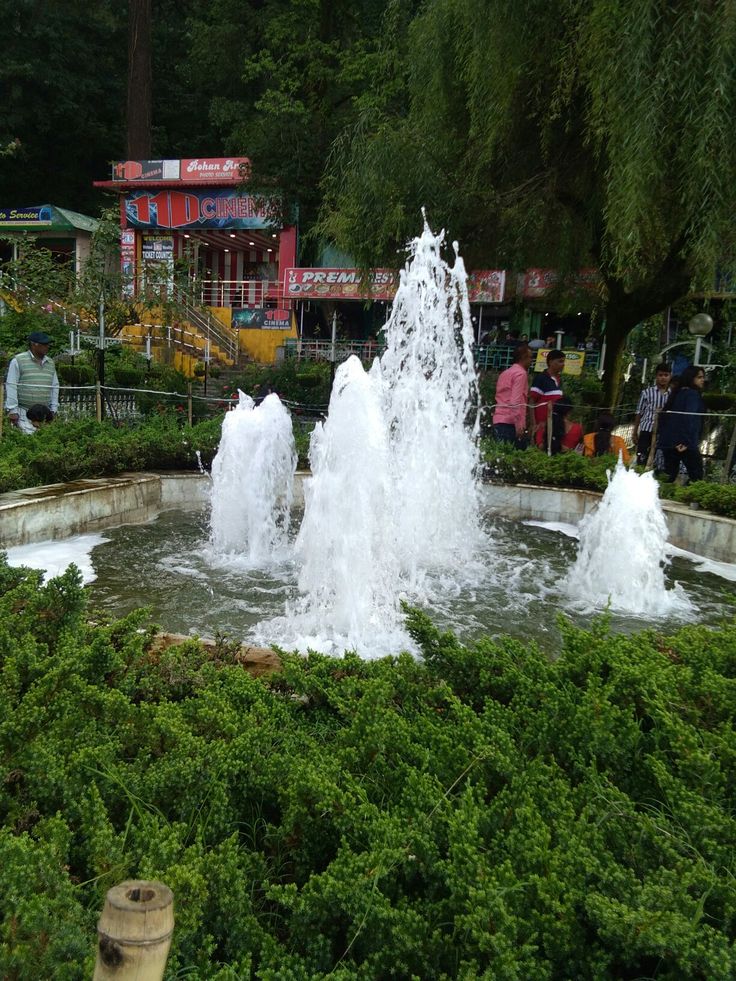
At a distance of around 3 km from the Mall Road, the Company Garden in Mussoorie makes for a perfect spot to spend quality time with your family and friends. The entire plan of this garden was laid down by Dr. H Fackner and it is maintained by the Garden Welfare Association of Mussoorie.
You will find beautiful fountains, lush greenery, colourful birds, and different varieties of flowers while taking a walk around the garden. If you are up for it, go for boating on Artificial Lake.
Interesting Fact: The Company Garden dates back to the British colonial era. It was established by Dr H.F. Warth, a renowned horticulturist, in the early 20th century.
Location: Bazar Road, Landour, Mussoorie
Timings: 9 AM – 8 PM
Entry Fee: INR 25
Parking-100rs
If solitude is what you are looking for on your next trip to Mussoorie, Cloud’s End is where you should be at. A scenic stretch of lush deodar and oak forests, this place is located 6 km from the Library Road and marks the geographical end of the hill town. You can reach Cloud’s End by trekking along the Hathipaon Road from the Happy Valley area.
Besides offering stunning views throughout the day, this place has the most surreal setting for watching the sun go up and down in the azure sky. Photographers find this place extremely beautiful, and you too might get your next Insta-worthy shot here.
Interesting Fact: Cloud’s End was named by a British officer who was captivated by the ethereal beauty of this spot. Upon reaching this point and witnessing the clouds enveloping the landscape, he exclaimed, “This is where the clouds end!”
Location: Hathipaon area, Mussoorie
5-JHARIPANI FALLS::
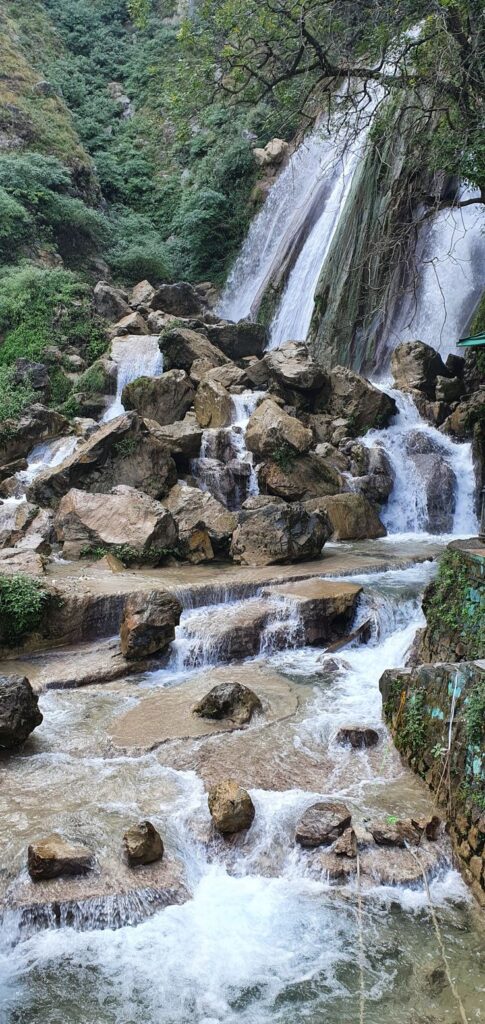
Situated in the quaint village of Jharipani, about 7 km from the city centre of Mussoorie, is the stunning Jharipani Falls. Its charm lies in its secluded location that is not marred by touristy crowds yet and it has a view for perfect Mussoorie photos. You can spend hours soaking in the beauty of the falls, clicking good pictures or simply appreciating the views of the scenery around the waterfall including those of the Shivalik range.
You will also find rare varieties of flowers in bloom at the site. The route to the falls is simple and can be easily covered via a car. However, after a certain point, you will have to trek for around 1.5 km to reach the falls.
Interesting Fact: It derives its name from the word “Jhari,” which means a cascade or waterfall, and “Pani,” which means water in Hindi. The name perfectly captures the essence of this stunning natural wonder.
Location: Dehradun-Mussoorie Road
Timings: Open all day
Entry Fee: Free
parking-extra
6-MUSSOORIE LAKE::
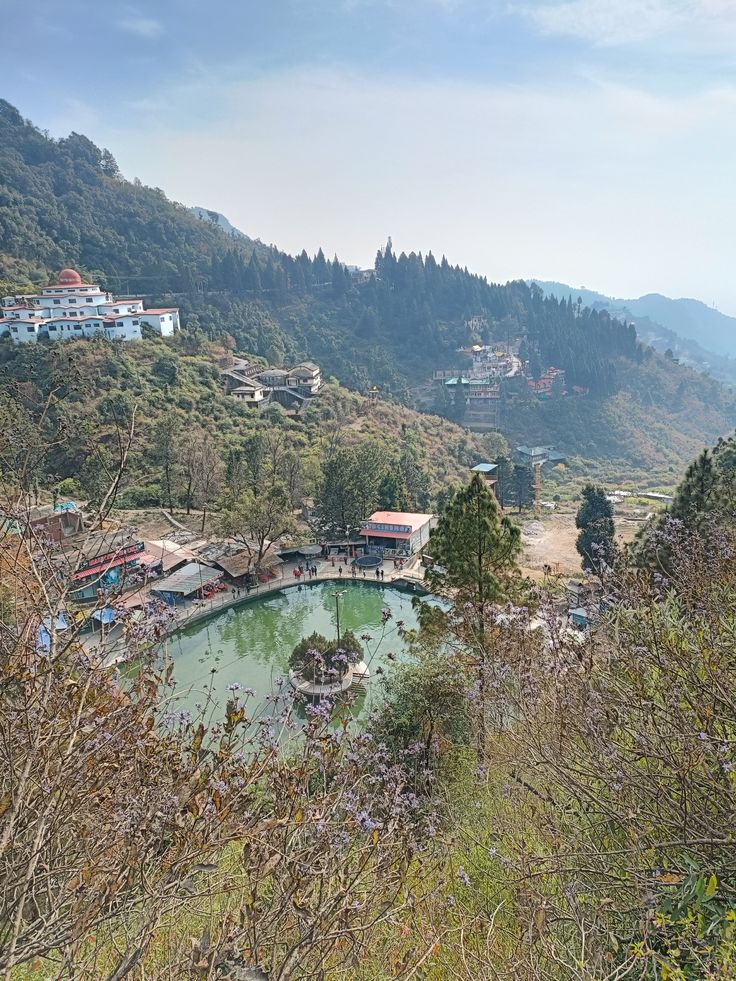
A man-made lake yet one of the most beautiful sites in the city, Mussoorie Lake has become a popular tourist attraction recently. Apart from boating on the lake, you can try water zorbing and zip lining here. Oh, and now you can also do paragliding just a short distance away from the lake.
There are several small souvenir shops, restaurants and a horror house near the lake making it among the best places to visit in Mussoorie. So after you have had your share of fun at the lake, sit down for a delectable lunch or go for a shopping spree.
Interesting Fact: The lake was developed by constructing a barrier on a small stream that flowed through the area. This resulted in the formation of a calm and serene water body surrounded by picturesque landscapes.
Location: Dhobi Ghat, Mussoorie
Timings: 8 AM – 7 PM
Entry Fee: INR 15 (Extra charge for other activities)
Parking-extra
7-GEORGE EVEREST::
